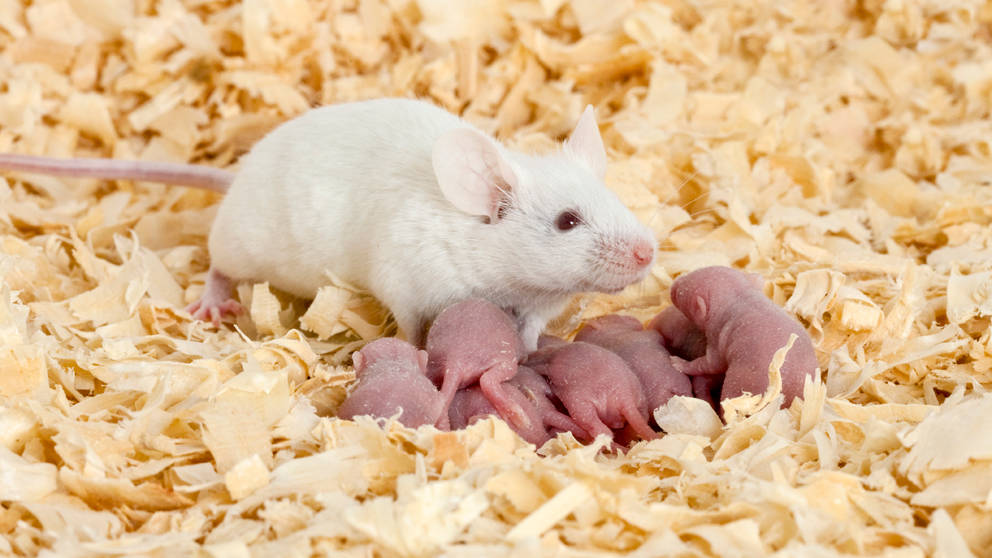 r/K selection is the conventional classification scheme for the well-known phenomenon in which some organisms produce large numbers of offspring, while others devote their resources to producing a smaller number.
r/K selection is the conventional classification scheme for the well-known phenomenon in which some organisms produce large numbers of offspring, while others devote their resources to producing a smaller number.While r-selection produces organisms that produces many offspring, K-selection produces organisms that produce only a few. There's also the possibility of facultative variation along this spectrum - producing many offspring in one environment and few offspring in other environments. This type of facultative variation is seen in humans. Humans in war-stricken countries produce many offspring, while humans in affluent, meme-rich countries - such as Japan - produce only a few.
The whole of r/K selection theory can be applied on the level of genes, organisms or groups. It is also equally applicable to genetic and cultural variation - as has long been observed by students of memetics.
Memes are often compared to viruses. Small size and r-selection are closely associated. On these grounds, you might expect to see that most memes were r-selected - emphasizing the production of large numbers of offspring over most other factors. There is a considerable quantity of truth to this picture - but not all memes are r-selected. Large complex collections of genes that exhibit parental care are those that are most likely to be K-selected. The same is true of large complex collections of memes. For example, some types of religion take many years to be transmitted from one generation to the next. Many religions are evangelical - but not all are. Judaism, for example mostly keeps itself to itself - and you rarely see adherents knocking on doors or passing out leaflets. Instead it spreads via birth and marriage. Regal memes - those associated with being king and queen - are another example of failure of horizontal transmission.
Most of the examples of K-selected memes given above involve memes that are transmitted in a pattern related to the genes of their hosts. However, not all K-selected memes need to be transmitted in this way. For example, a trade secret of a company might spend most of its time in a safe - and reproduce only when the company opens another factory. In such a case, genes and memes might well have quite separate transmission pathways.
Since most r-selected memes are transmitted "horizontally" between human hosts within a single human generation they typically do not follow the transmission pathways of the host's DNA genes. This results in much greater scope for meme-gene conflicts over resources to arise. Such r-selected memes can behave like pathogens. In extreme cases, necrotrophic memes are seen. The hosts of these memes are just resources to be burned through - from the perspective of the memes.
In the future, humans seem likely to become increasingly subjected to r-selected memes - as more humans get online and transmission of memes between humans becomes ever easier - due to improved networking technologies. That may well mean more cases of meme-gene conflict.
This coming situation is part of the reason why human scientists need to get to grips with memetics now. It is uniquely equipped to model this type of dynamical system.
References
- Fog, Agner (1997) Cultural r/k Selection
- Fog, Agner (2013) Towards a universal theory of competition and selection










No comments:
Post a Comment